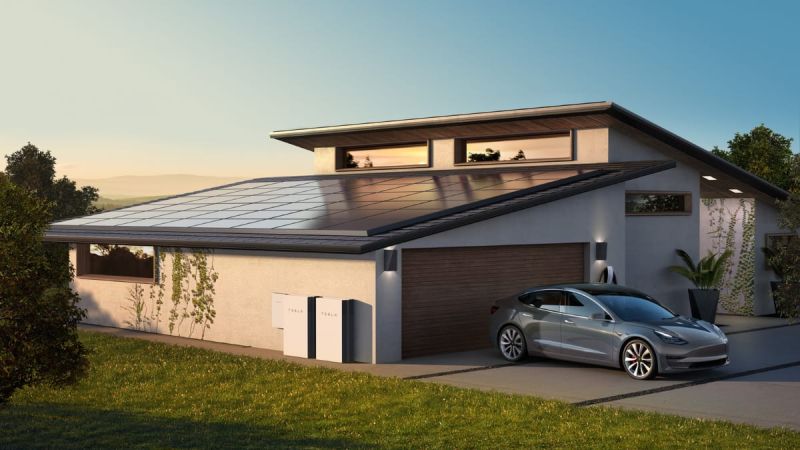As per the report, the IEA’s primary analysis on the sector based on current policies and market developments, it forecasts the deployment of renewable energy technologies in electricity, transport and heat to 2026 while also exploring key challenges to the industry and identifying barriers to faster growth.
“Renewables are the backbone of any energy transition to achieve net zero. As the world increasingly shifts away from carbon emitting fossil fuels, understanding the current role renewables play in the decarbonisation of multiple sectors is key to ensuring a smooth pathway to net zero”, the report states. It also mentions that stronger policies and raised climate goals leading into COP26 are driving renewables to new records, but that faster deployment across all key sectors is needed to reach net zero.

Despite rising costs for key materials used to make solar panels and wind turbines, additions of new renewable power capacity this year are forecast to rise to 290 gigawatts (GW) in 2021, surpassing the previous all-time high set last year, according to the latest edition of the IEA’s annual Renewables Market Report.
The report continues “… by 2026, global renewable electricity capacity is forecast to rise more than 60% from 2020 levels to over 4,800 GW – equivalent to the current total global power capacity of fossil fuels and nuclear combined. Renewables are set to account for almost 95% of the increase in global power capacity through 2026, with solar PV alone providing more than half. The amount of renewable capacity added over the period of 2021 to 2026 is expected to be 50% higher than from 2015 to 2020. This is driven by stronger support from government policies and more ambitious clean energy goals announced before and during the COP26 Climate Change Conference.”
“This year’s record renewable electricity additions of 290 gigawatts are yet another sign that a new global energy economy is emerging,” said IEA Executive Director Fatih Birol. “The high commodity and energy prices we are seeing today pose new challenges for the renewable industry, but elevated fossil fuel prices also make renewables even more competitive.”

Tesla subsidiary Tesla Energy develops, builds, sells and installs solar energy generation systems and battery energy storage products (as well as related products and services) to residential, commercial and industrial customers. The subsidiary was created by the merger of Tesla's existing battery energy storage products division with SolarCity, a solar energy company that Tesla acquired in 2016.
Tesla Energy's generation products include solar panels (built by other companies for Tesla), the Tesla Solar Roof (a solar shingle system) and the Tesla Solar Inverter. Other products include the Powerwall (a home energy storage device) and the Powerpack and Megapack, which are large-scale energy storage systems. In 2020, the company deployed solar energy systems capable of generating 205 megawatts (ranked third in U.S. residential solar installations) and deployed 3 gigawatt-hours of battery energy storage products.
In 2019, Tesla reported $369 million in revenue from solar and storage. Revenue was stagnant in Q2 2020, with $370 million from that business. The first two quarters of 2021 were more than double what it brought in during the same quarters of 2019 and 2020. In July 2021 Tesla reported $801 million in revenue from its energy generation and storage business - which includes three main products: solar, its Powerwall storage device for homes and businesses, and its utility storage unit Megapack - but that’s just a sliver of the nearly $12 billion in total revenue.

Tesla has also developed a software ecosystem to support its energy hardware products. Autobidder, Powerhub, Opticaster, Microgrid Controller and Virtual Machine Mode are the products currently offered.
Going back to the IEA press release, it also points out that the growth of renewables is forecast to increase in all regions compared with the 2015-2020 period. China remains the global leader in the volume of capacity additions: it is expected to reach 1200 GW of total wind and solar capacity in 2026 – four years earlier than its current target of 2030. India is set to come top in terms of the rate of growth, doubling new installations compared with 2015-2020.
Deployments in Europe and the United States are also on track to speed up significantly from the previous five years. These four markets together account for 80% of renewable capacity expansion worldwide.
The report also states that Solar PV remains the powerhouse of growth in renewable electricity, with its capacity additions forecast to increase by 17% in 2021 to a new record of almost 160 GW, and that the IEA expects this record growth for renewables to take place despite today’s high commodity and transport prices. However, should commodity prices remain high through the end of next year, the cost of wind investments would go back up to levels last seen in 2015 and three years of cost reductions for solar PV would be erased.

There is a caveat, though; it is stated that even this faster deployment would still fall well short of what would be needed in a global pathway to net zero emissions by mid-century. That would require renewable power capacity additions over the period 2021-26 to average almost double the rate of the report’s main case. It would also mean growth in biofuels demand averaging four times higher than in the main case, and renewable heat demand almost three times higher.
You can read IEA´s full report here.
All images courtesy of Tesla Inc.
Nico Caballero is the VP of Finance of Cogency Power, specializing in solar energy. He also holds a Diploma in Electric Cars from Delft University of Technology in the Netherlands, and enjoys doing research about Tesla and EV batteries. He can be reached at @NicoTorqueNews on Twitter. Nico covers Tesla and electric vehicle latest happenings at Torque News.











